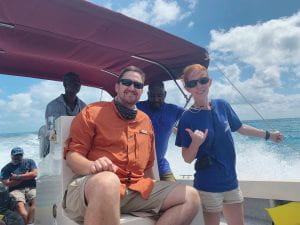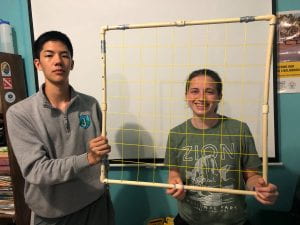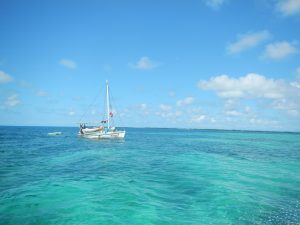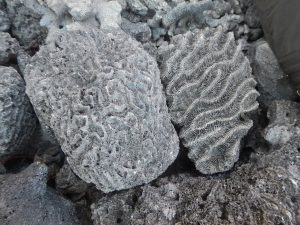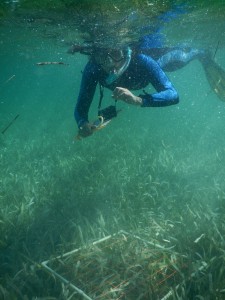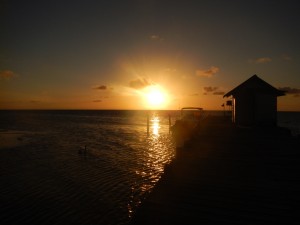today’s general agenda: morning land skeleton activity —> seagrass & patch reef exploration —> presentations!
A way that biologists use to quantify and address questions about corals reefs is through using transects and quadrats. Basically, it is a measuring tape and a square! The idea is that you can lay down quadrats over a certain distance and make general observation about the reef. To practice these methods we were brought to a graveyard… a coral skeleton graveyard! Spoopy!
We put on our imaginary goggle, pretended all the coral skeletons are live corals, and proceeded to counting them. We practiced using the transects and quadrats, and, while we were getting used to the techniques, I was actually fascinated by just how much coral skeletons there were. A lot of these coral skeletons may have eroded over time, but they generally still retained a defined shape.

In the afternoon, we once again headed out to the open water. This time, we are using the quadrats and transects to describe areas containing seagrass and algae. As a beginner in snorkeling, I tried my best trying to stay afloat, but I somehow keep getting water into my goggles. At one point, my goggles were entirely filled with water. Salty eyes! After being in the water for two hours and the last group to finish, Anna and I were completely exhausted. We, however, decided to celebrate by swimming to a nearby patch reef and observing coral reefs. Being able to see corals and an entire patch reef invigorated me, and I am more determined than ever to get better at snorkeling.
Finally, the sponge-department, I present to branching vase sponges (Callyspongia vaginalis)! If you look closely, you will notice the ridges along the sponge. Sponges help filter water and recycle nutrients in the ocean, and they certainly do not live in a pineapple under the sea.

Brendan Wong
Glover’s Reef Marine Reserve, Belize
5/23/2019

